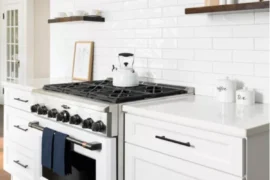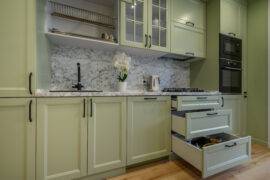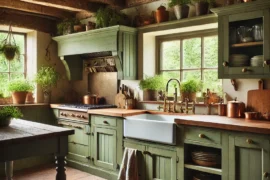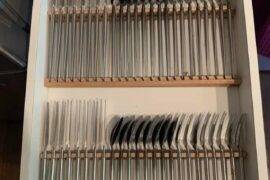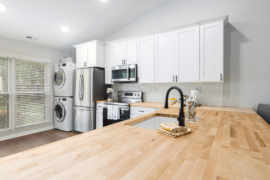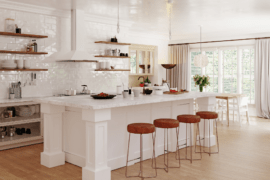When it comes to maintaining the freshness and quality of your food, choosing the right food storage containers can make all the difference. Whether you’re meal prepping for the week, saving leftovers, or organizing your pantry, having the best food storage containers can ensure your food stays fresh, safe, and neatly arranged.
In this article, we’ll dive into the top food storage containers available, exploring their features, benefits, and why they stand out. From glass to plastic, stackable to airtight, we’ve got you covered with everything you need to know to make an informed decision.
Glass vs. Plastic: Which is Better?
When it comes to food storage containers, one of the biggest decisions you’ll face is choosing between glass and plastic. Glass containers are known for their durability and non-reactive nature, meaning they won’t absorb odors or stains. They are also microwave—and dishwasher-safe, making them a convenient option for many.

On the other hand, plastic containers are lightweight, less expensive, and less prone to breaking. However, they can absorb food odors and stains over time, and not all plastic is microwave-safe. Ultimately, the choice between glass and plastic will depend on your specific needs and preferences.
Benefits of Airtight Containers
Airtight containers are a game-changer when it comes to food storage. These containers are designed to create a tight seal, preventing air and moisture from entering.

This is crucial for maintaining the freshness of your food and extending its shelf life. Airtight containers are especially beneficial for storing dry goods like flour, sugar, and pasta, as well as for keeping leftovers fresh. Additionally, these containers can help prevent spills and leaks, making them a great option for transporting food.
Best Containers for Meal Prep
Meal prepping is a fantastic way to save time and ensure you have healthy meals ready to go throughout the week. The best containers for meal prep are those that are durable, easy to clean, and come in a variety of sizes.
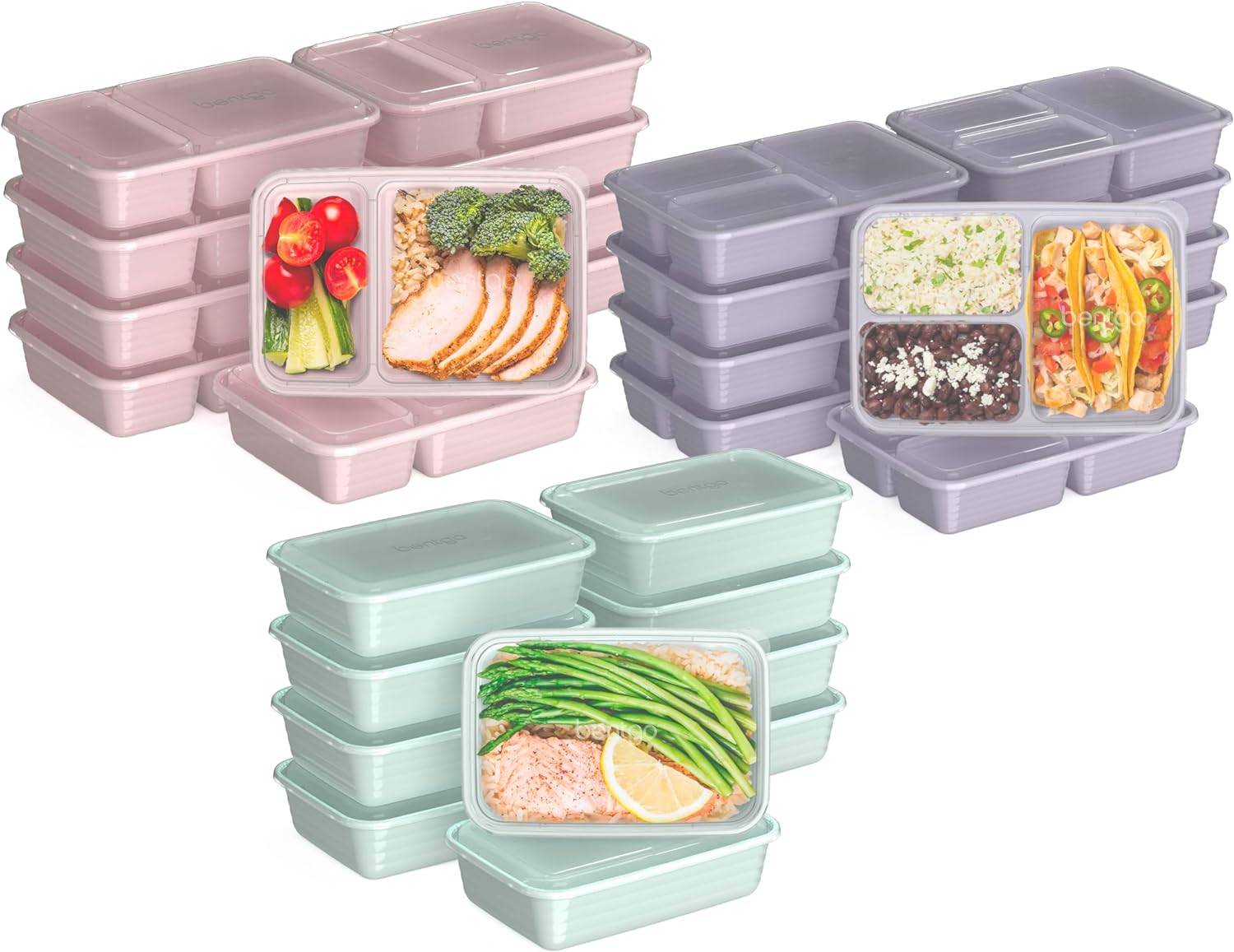
Look for containers that are microwave- and dishwasher-safe, as this will make reheating and cleaning a breeze. Additionally, containers with compartments can be particularly useful for keeping different components of your meal separate and fresh.
Stackable Containers for Space Efficiency
If you’re short on space, stackable containers are a must-have. These containers are designed to nest within each other when not in use and stack neatly on top of each other when filled. This can help you maximize your storage space and keep your pantry or fridge organized. Look for containers with uniform shapes and sizes, as this will make stacking easier and more efficient.

Glass Storage Containers: Pros and Cons
Glass storage containers have become increasingly popular due to their many benefits. They are free from harmful chemicals like BPA, making them a safe option for storing food.

Glass containers are also highly durable and resistant to scratches and stains. However, they can be heavier and more prone to breaking compared to plastic containers. While they are microwave-safe, they can become quite hot, so handle them with care.
Plastic Storage Containers: Pros and Cons
Plastic storage containers are a staple in many households due to their affordability and convenience. They are lightweight, making them easy to transport, and are available in a wide range of sizes and shapes.

However, some plastic containers can contain harmful chemicals like BPA, so it’s important to choose BPA-free options. Plastic containers can absorb odors and stains, which can affect the taste and quality of your food over time.
Specialty Containers for Specific Needs
There are many specialty food storage containers designed to meet specific needs. For example, vacuum-sealed containers can help extend the shelf life of your food by removing air before sealing.
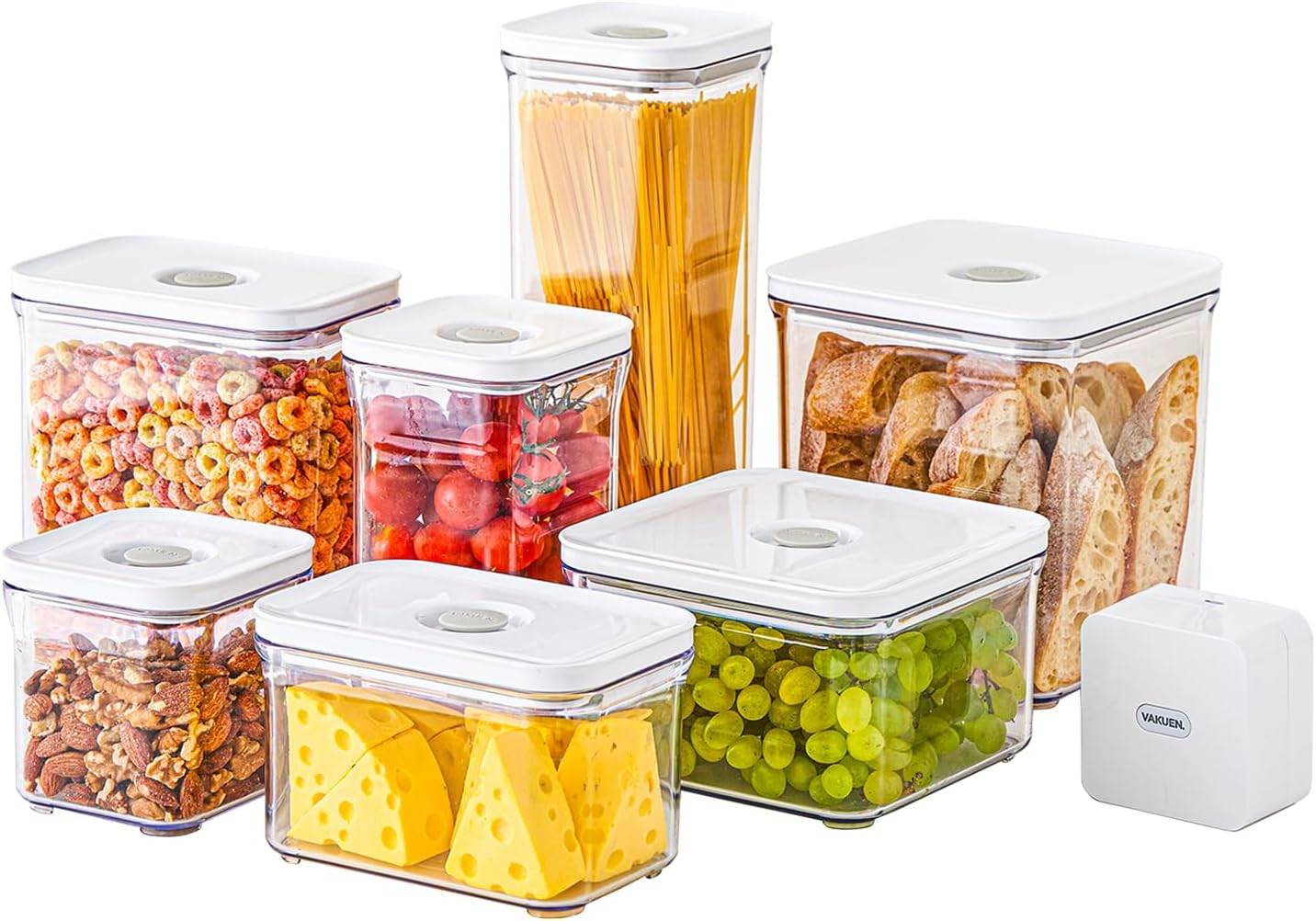
Freezer-safe containers are designed to withstand low temperatures without cracking or breaking. There are also containers with built-in vents, which are perfect for storing fruits and vegetables as they allow for optimal airflow.
Tips for Choosing the Right Food Storage Containers
When choosing food storage containers, there are a few key factors to consider. First, think about the types of food you’ll be storing and whether you need containers that are microwave or freezer safe.
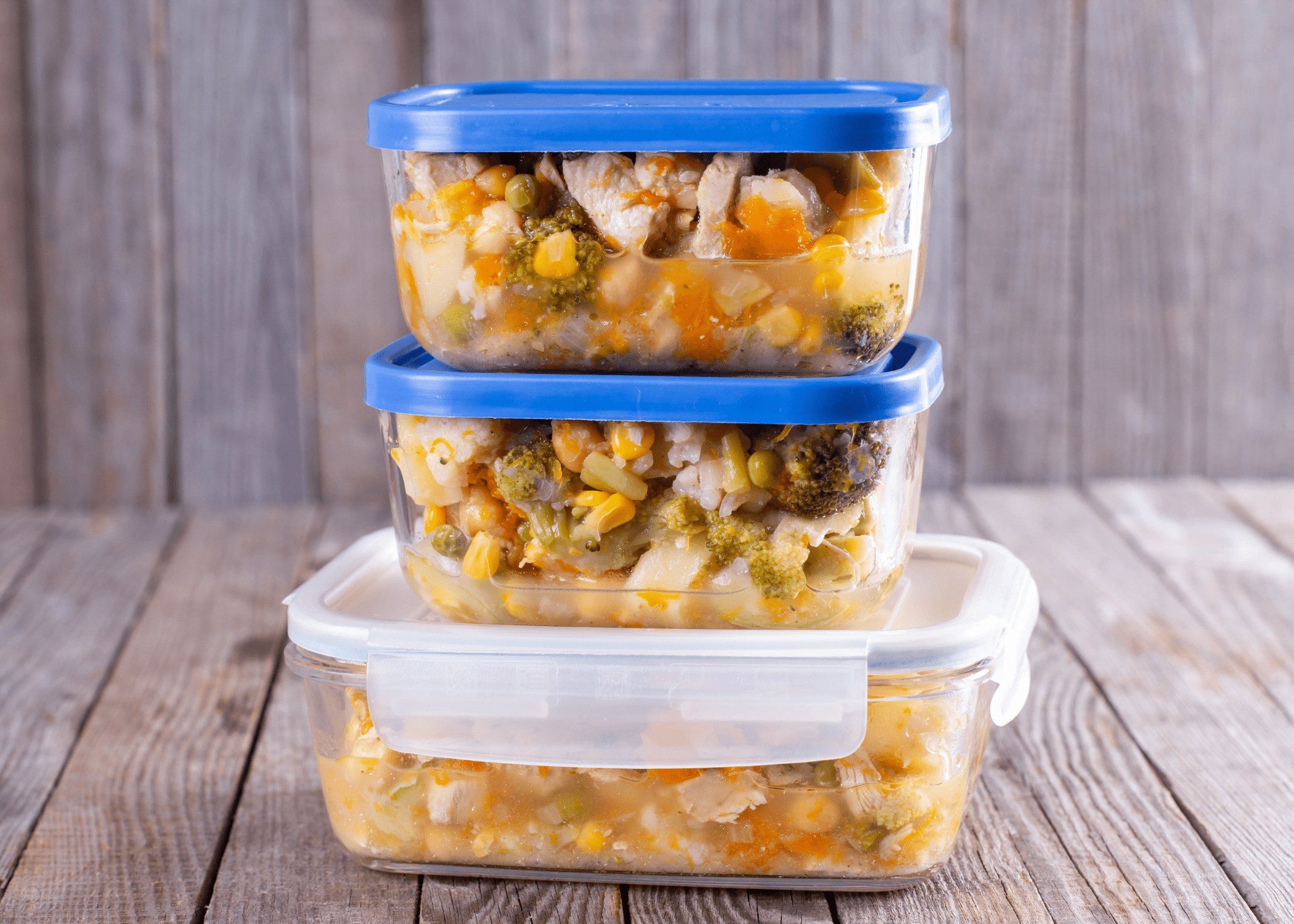
Consider the size and shape of the containers, as well as how easy they are to clean. Look for containers with durable seals to prevent leaks and keep your food fresh. Finally, consider the material of the containers and whether you prefer glass or plastic based on your specific needs.
Related Articles
- Make the Most of Your Kitchen Space with These 15 Storage Hacks
- Crafting the Ultimate DIY Spice Rack for Your Kitchen
- 10 Kitchen Organization Products You Didn’t Know You Needed
Ready to bring new life to your home? Subscribe to our newsletter for exclusive interior design tips, trends, and ideas that will transform your space. Click here to subscribe!
Frequently Asked Questions (FAQs)
Are glass containers better than plastic for food storage?
Both glass and plastic containers have pros and cons. Glass containers are durable, non-reactive, and free from harmful chemicals, making them safe options for food storage. However, they are heavier and more prone to breaking. Plastic containers are lightweight and less expensive but can absorb odors and stains over time.
Can I use plastic containers in the microwave?
Not all plastic containers are microwave-safe. It’s important to check the manufacturer’s instructions to ensure the container is safe for microwave use. BPA-free plastic is generally a safer option for microwaving.
How do I prevent my containers from staining?
To prevent staining, avoid storing highly pigmented foods like tomato sauce in plastic containers. If staining does occur, a mixture of baking soda and water can help remove the stains. Using glass containers can also help prevent staining.
What are the benefits of using airtight containers?
Airtight containers create a tight seal that prevents air and moisture from entering, which helps keep your food fresh and extends its shelf life. They also help prevent spills and leaks, making them ideal for transporting food.
Are stackable containers worth the investment?
Yes, stackable containers are worth the investment if you’re looking to save space and keep your pantry or fridge organized. They nest within each other when not in use and stack neatly on top of each other when filled, maximizing your storage space.
What should I look for in meal prep containers?
Meal prep containers should be durable, easy to clean, and available in a variety of sizes. Look for containers that are microwave—and dishwasher-safe, and consider options with compartments to keep different components of your meal separate.
How do vacuum-sealed containers work?
Vacuum-sealed containers work by removing air before sealing, which helps extend the shelf life of your food by reducing oxidation and preventing the growth of bacteria and mold.
What are the benefits of using freezer-safe containers?
Freezer-safe containers are designed to withstand low temperatures without cracking or breaking. They help prevent freezer burn and keep your food fresh for longer periods, making them ideal for long-term storage.
